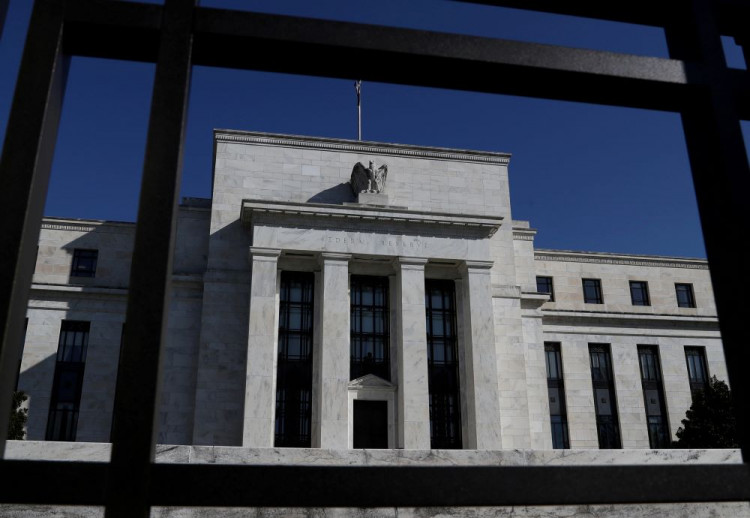The Personal Consumption Expenditures (PCE) index, the inflation measure closely monitored by the Federal Reserve, indicated a cooling in price increases as 2023 commenced. According to the Commerce Department, the core PCE price index, which excludes the often-volatile food and energy sectors, rose by 0.2% in December, culminating in a 2.9% increase from the previous year. This figure fell slightly below the 3% forecasted by economists, suggesting a subtle yet potentially significant shift in the inflationary landscape.
This deceleration in core inflation from November's 0.1% monthly rise and a drop from the annual rate of 3.2% marks the lowest 12-month rate since March 2021. When considering all items, including food and energy, the overall inflation also recorded a 0.2% rise for the month, maintaining an annual rate of 2.6%.
The PCE data is instrumental for Fed policymakers, who have long preferred it over the Consumer Price Index (CPI) due to its ability to adjust for consumer behavior changes. This latest report adds a layer of complexity to the Fed's ongoing battle with inflation, which had surged to levels unseen since the early 1980s during the onset of the Covid pandemic. The Fed's aggressive interest rate hikes, aimed at curbing inflation, brought its benchmark rate to the highest in over two decades.
Joseph Brusuelas, chief economist at RSM, noted the significance of the latest figures, stating, "Inflation dynamics inside the metric that the Fed uses to formulate policy strongly imply that the central bank will hit its inflation target in the near term." Brusuelas further suggested that this could herald a shift in Fed policy, potentially leading to a series of rate reductions aimed at bringing the policy rate to a range between 2.5% and 3%.
The data also revealed a robust consumer spending increase of 0.7% in December, surpassing the 0.5% estimate, despite personal income growth edging down to 0.3%. This indicates that consumers are increasingly tapping into their savings, with the personal savings rate dipping to 3.7%.
Analysts see the cooling inflation and resilient economic indicators as signs that the Fed might consider easing its restrictive policies. Andrew Hunter, deputy chief U.S. economist at Capital Economics, emphasized the potential for a policy adjustment, stating, "It is time for Fed officials to take the win and start dialing back the level of policy restrictiveness soon."
As the economic landscape continues to evolve, with inflation gradually aligning closer to the Fed's 2% target and the economy expanding at a surprising pace, the central bank faces critical decisions in its upcoming meetings. With futures traders assigning a 53% chance of a rate cut as early as March, according to CME Group data, the anticipation for the Fed's next move is palpable.
The convergence of slowing inflation, robust economic growth, and a resilient labor market presents a nuanced picture of the U.S. economy, challenging the Fed to balance its inflation-fighting measures with the need to support ongoing economic vitality. As the Fed's next rate decision approaches on January 31, all eyes will be on how policymakers interpret these latest developments and their implications for future monetary policy.






